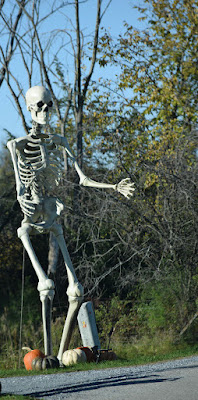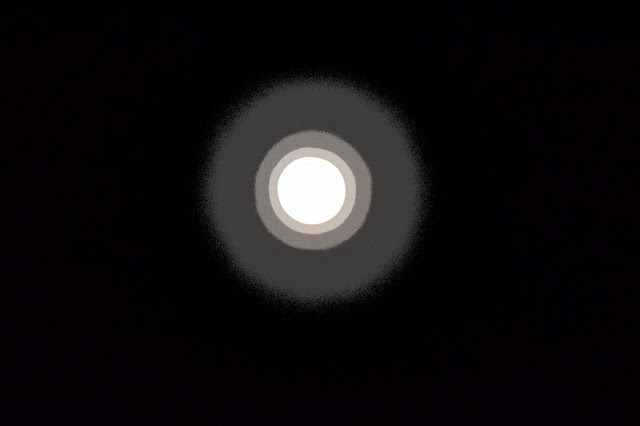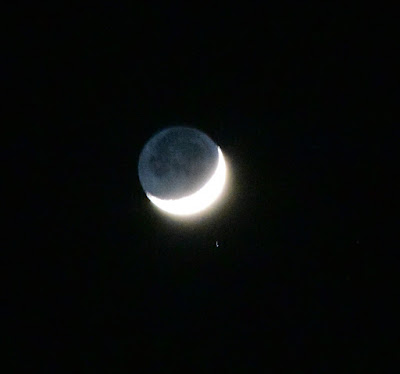Skeletons often found in gothic horror, fiction, and Halloween displays, are seldom given credit for their warmer selves past and present. Having shed most worldly pride-enhancing accouterments, they are prone to seek hugs to boost their self-esteem. Touch is a powerful language that can convey feelings of safety, love, and connection to a greater community, the need for which is apparently not lost upon those shedding mortal flesh and blood as skeletons are wont to do.
One such skeleton is known in Jericho, Vermont as Jonesy, Jonesy Bones to be more precise. Jonesy is tall as skeletons go, standing nearly eleven feet tall and weighing in at about forty pounds without shoes or clothing. Now Jonesy not only carries low self-esteem, but he also feels multitudinous emotions and passions. It should be of no surprise that his often open arms are not a desire to frighten, but a desire to hug others. With his grandiose size comes an outsized funny bone as well, one which Jonesy frequently whorls out into wildness. His storytelling during Halloween week is often accompanied by grinding teeth, those of his audience, and rattling bones, his being only loosely attached.
Upon approaching Jonesy, one encounters a genuine outburst of laughter from his sheer joy of encountering inquisitive short people. Soon you are drawn into secrecy as Jonesy precedes to tell stories from his library of Skeleton Tall Tales for the many diminutive folks who wander about on the eve of Halloween. No tale is spoken twice, each telling unique to his current confidant.
As I recall, this is the tale that Jonesy relayed to me one rainy Halloween night.
On a dark dark moonless Jericho night, there was a dark dark road.
On this dark road, there were jack-o-lanterns , cousins of mine in fact.
Now on this cold wet dark night, there was a howling wind not unlike that of my other cousins the wolves and coyotes. Sometimes this wind would blow so hard that it rattled the chains hanging from barn doors to keep goblins and ghosts (yup more cousins of mine) from entering and spooking the horses inside. In spite of the dark cold wet night with the wind blowing and howling, along came a boy determined to acquire his fill of Halloween candy. He decided Bolger hill looked deserted enough to still hold large caches of candy. The boy tore up the hill eager to reach the first house bravely going it alone up the hill on the dark, dark road when out of the stream-laden ravine a skeleton hand walked its way (on fingers) as quick as a chipmunk. The boy raced further up the hill but the spiny fingers and hands raced after him. Running out of breath and heart racing, the boy stopped and looked back only to see the hand trembling on the road a few feet away.
The boy was terrified, but curious as well and brave to boot. And so he looked down and asked the bony appendage “Why are you following me?” A voice called out “I fell down over the embankment and can’t find all my pieces.”
The boy looked about. He stepped to the edge of the woods and looked down the embankment. Something or something began running over the leaves and small branches and splashing in the stream.
The boy looked back at the hand which had not moved and was still trembling in the middle of the road. Again the voice called out from the dark ravine, “I fell down and broke apart, where are all my bones?”
Just then first a few dozen of bones scrambled up and onto the road kicking up gravel as they danced wildly around the boy. First came the other hand, then two arms, followed by two legs, and soon a whole array of chattering bones stood alongside the boy like lost dogs.
Fortunately, the boy knew a bit of wizardry and spoke out in full force “Lost and found, found and lost, come together, from stapes to femur, one hand deserves another, be together again my dear skeleton friend." And with that, the bones joined up though at first a few incorrect connections occurred; after a brief attempt at snapping in place, they all found their appropriate lock-in-place positions.
The now fully formed skeleton standing much taller than the boy, grinned and looked down at its own hands holding each other in a warm embrace, then spread both arms wide offering to embrace the boy in thanks.
The boy showed no fear, though he stepped back maintaining six feet to be safe. The skeleton was nonetheless delighted first to be back together again, and second to have met a real live flesh and blood boy, and a courageous one at that.
“Now you have given me a hand, and a whole lot of other bones as well, what can I do for you in return?”, asked the bones of Bolger hill. The boy paused to think. “I would like you to help me acquire a handful of candy from every house with a lighted jack-o-lantern,” said the boy, for he knew only houses with glowing jack-o-lanterns would give out candy on Halloween night.
"Agreed" responded the skeleton, but looking up the hill he could see that all his cousin jack-o-lanterns were dark as the wind had blown out the fire in their eyes and grinning faces.
Soon the boy and the skeleton reached the first dark dark house on the dark dark road in dark dark Jericho. “I have a candle you see,” said the boy, “but I am not allowed to use matches. You can light the jack-o-lanterns without concern of burning your fingers, can you not?” The skeleton laughed with glee, “For sure you are a smart young boy, that I can do for you safely indeed” he replied. And so they continued their journey up Bolger hill alighting the road anew and finding each house full of piles and piles of candy.
After visiting nearly every house on the now-glowing Bolger hill and filling his small bag with candy the boy set upon heading home. Walking slowly down the hill with the bag of candy in one hand, he found his other hand reaching out and up to his skeleton friend.
As they reached the end of the road, the skeleton sadly proclaimed he could go no further, but must remain behind with his cousins the jack-o-lanterns, the coyotes and wolves, and the goblins and ghosts, who all were now gathered immediately behind the skeleton.
The boy looked upon the creepiest Halloween characters that he had ever met and smiled with a newfound respect for the whole family of creepy-crawly howling flying bunch, and he laughed when a witch flew in too fast on a broom, smashing face-first - splat - into a tree.
Solemnly the skeleton spoke one last time to the boy. “I want you to promise me something.” The boy looked up at the skeleton who seemed to have put on some weight since they began collecting candy. “And what might that be?" the boy asked.”
“Promise me”, the skeleton said with sincerity. “Promise me that you will always give a helping hand to anyone you come across in need of a hand. Will you do that for me?”
The boy thought for a moment then replied, “I think that good things come from helping others in need no matter how broken they may be.”
The skeleton clapped his hands and smiled with glee, while all his cousins shouted out cheers and shouts. Then the skeleton fell to pieces upon the ground and each bone rambled up the hill careful not to get too close to the road edge along the ravine. Just before they were out of sight the boy watched the skeleton hands lite a jack-o-lantern and then both skeleton hands waved goodbye.
The boy did just as he had promised, whenever he found someone in need of a hand, he did what he could to help them be whole again.
Happy Hallowen,
Bernie Paquette
For a really scary story read "No Trespassing. We are tired of hiding the bodies @https://jerichovermont.blogspot.com/2022/10/no-trespassing-were-tired-of-hiding.html


































